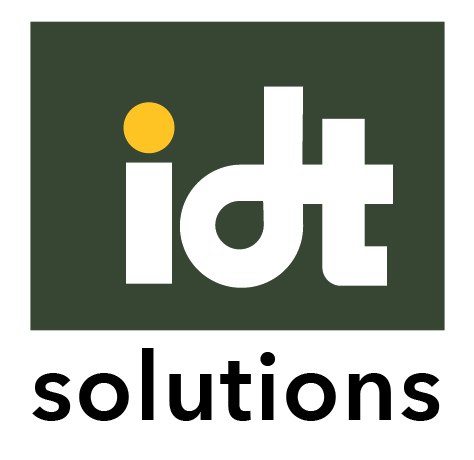Identity and Access Management (IAM) is the discipline of determining policies for who has access rights to information assets in an organization, the issuing of these rights, and the implementation of the consequent access controls. It is at the heart of information protection, and of compliance programs with all regulations that control access to information.
IAM provides an easy to use and consistent user experience and mobility, whether between workstations within a building, or between working locations.
Automated processes, extending beyond the enterprise walls, require a pervasive access control mechanism that recognizes corporate entities and other processes as having equivalent access control needs to those of human users.
IAM is a key issue for the business. Implementing a system represents a major investment and its deployment will require changes in business processes to capitalize on its benefits. Successful projects provide a high return on investment and a payback period of less than two years is frequently achieved.
IAM is a useful, if not absolutely essential, tool for satisfying the more demanding regulatory and compliance requirements. It provides the audit and reporting functions to determine, with a high level of confidence, “who has done what” with critical information.
Business benefits
The business benefits of IAM come in two main categories: productivity/ease of use, and security. In the efficiency category, we can list:
- Reduced cost of administration due to automated approval processes, synchronization of permissions, and user self-service functions, including password resets that typically account for 25% of IT help-desk workloads.
- Single sign-on (SSO) to raise end-user productivity by providing quicker access to systems, and reducing the burden on users of having to manage multiple sets of credentials. People who use several systems, or work from workstations in multiple locations, can save substantial amounts of time in a typical day.
- Improved experiences for external users, leading to more business, and better collaboration with business partners.
From a security perspective, good quality and effectively deployed IAM provides:
- Rapid and accurate provisioning and de-provisioning of users, minimizing unauthorized access to information and processes.
- The opportunity to adopt more secure forms of identification and authentication, including two-factor authentication, further enhancing access controls.
- Full audit and logging capability of user sessions on corporate systems.
IAM is a means of implementing business strategy insofar as it relates to information processing. The issues of who the business needs to work with, the level of automation that is required in these interactions, and the depth of trust between organizations, are represented in the IAM configuration and deployment. Internal issues also have a major impact on the architecture of IAM systems, such as employee mobility, integration of IT systems following mergers and acquisitions, and the way in which compliance obligations are met.
Every large, and large-medium, enterprise needs an IAM system to enhance its operational efficiency and to improve its security and compliance posture. Smaller organizations should review their particular circumstances.
IAM projects are about business process automation and therefore are being approached from a business perspective. IAM deployments are carefully planned and deployed incrementally. An IAM project is mostly about integration with the IT infrastructure and with business processes. These are the areas that need most attention.
IDT Solutions Security Solutions arm is equipped with the skills, knowledge and experience to meet all the Identity & Access Management related requirements and needs of a company. We specialize in the following leading I&AM products:
- Oracle I&AM suite.
- Sailpoint
- Dell
Please proceed to the Oracle Identity and Access Management Suite presentation page.
